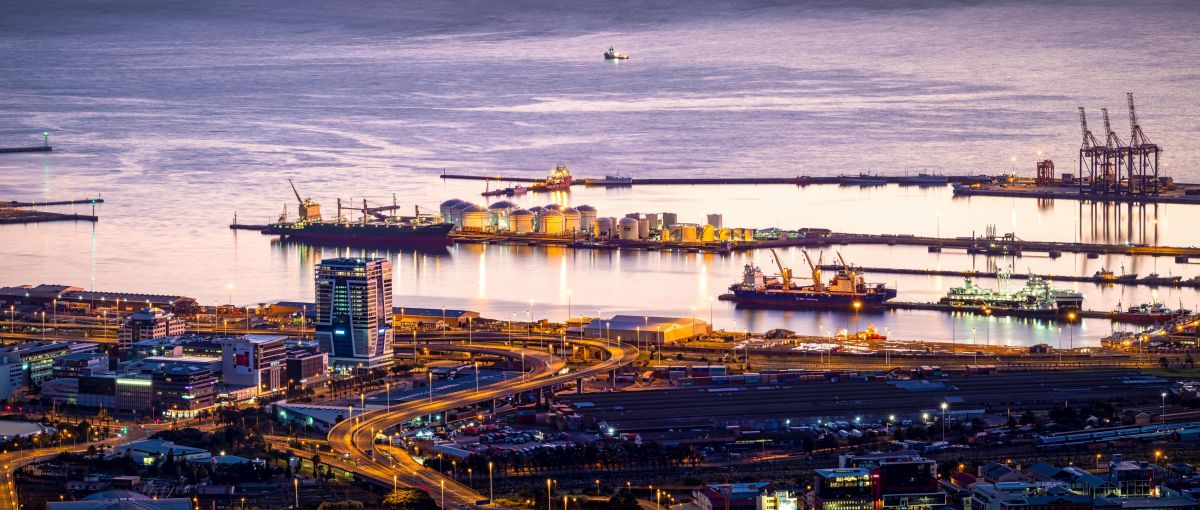Catastrophic weather and union strikes put the automotive parts industry on edge, but fears of temporary inflation in the collision repair segment seem to have been avoided.
The International Longshoremen’s Association (ILA), which represents port workers along the eastern U.S. coastline, initiated a strike Oct. 1, halting work for 50,000 members and stalling operations at 14 major ports along the East Coast and Gulf of Mexico. The strike came as regional hubs grappled with the aftermath of Hurricane Helene and prepared for Hurricane Milton.
These concurrent events alarmed automotive analysts. European manufacturers ship vehicle parts to the East Coast, and a prolonged strike could have impacted parts availability across the segment, raising prices for repair shops and customers. The automotive parts industry had already been dealing with inflationary pressures for years due to supply chain disruptions, severe weather patterns and the workforce's return after COVID-19 shutdowns.
“The timing for the strike couldn’t have happened at a worse time [for automotive parts]. Right when there were ships bound for the East Coast, the storm was shutting down ports proactively,” said Greg Horn, chief industry relations officer at PartsTrader. “We dodged a bullet here. It could have been a very devastating strike for the U.S. economy in general.”
Fortunately for the automotive parts industry, the strike ended after three days, with a temporary deal between the ILA and the U.S. Maritime Alliance. The agreement, which will last until January 2025, has helped prevent further parts supply chain disruptions. According to Horn, prices have remained stable despite the turbulence.
PartsTrader operates an online marketplace that connects repair shops with parts suppliers, streamlining the process of sourcing and purchasing components. The platform optimizes repairs and improves cost efficiency by allowing businesses to compare prices and availability in real time.
Horn explained that PartsTrader tracks two key metrics to assess market health: the number of quotes per part and delivery timelines. By analyzing these data points, the company can diagnose potential disruptions and evaluate the impact of events like the ILA strike. However, he noted that advanced rerouting and sufficient stock levels helped suppliers avoid significant delays, minimizing the strike's effect on parts availability.
In preparation for the strike, suppliers rerouted dozens of cargo ships from the East Coast to the West Coast in mid-September. Ports on the West Coast, which had been operating at 70% capacity, absorbed the increased load, reaching 80% capacity without major delays.
“I think the takeaway is the suppliers had enough advanced notice. They altered their plan. They had enough stock already that it is a non-event,” Horn said. “So, good news all around.”
Horn attributed the suppliers' preparedness to investments made following the COVID-19 lockdowns and past union contract disputes. Asian manufacturers had planned shipments well in advance of strikes proposed by the ILA’s sister union, the International Longshoremen and Warehouse Union (ILWU), representing West Coast port employees. Meanwhile, American manufacturers streamlined their distribution networks before the United Auto Workers (UAW) strike in 2023.
While the limited impact from the initial strike shows that automotive supply chains are more robust than initially anticipated, Horn warned the union’s contract runs out in January. The ILA’s three-month agreement increased union wages by 61.5%, but negotiators remain divided over major disagreements that could send port workers away again in January. Mediators are hammering out disagreements over port automation and health care benefits.
“It isn’t over yet,” Horn said. “There is still a possibility that they won’t come to an agreement and they go on strike again after the 15th of January. It ain’t over until it’s over.”















Ben Shimkus